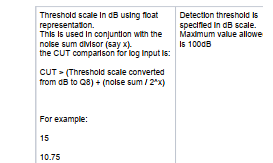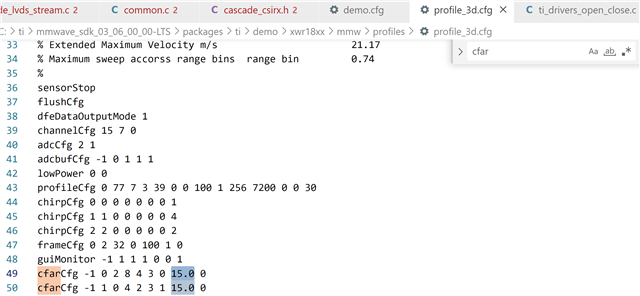Hi,
we are facing a issues with AWR1843. I will describe the situation as follows: during the module (AWR1843) testing process, we identify false detection when there isn't an object in the way of the sensor's data as seen by the MRR/SRR visualizer. When a sensor is in a static condition and mounted at a height of one meter, fault detection does not occur. When the sensor is in a moving condition, fault detection occurs at random. Kindly helps us to resolve this problem.



